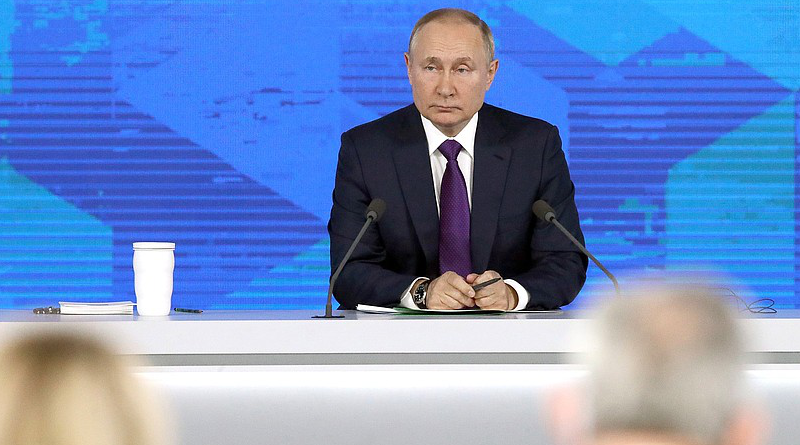Russia: ‘Foreign Agents’, ‘Undesirable Organizations’, And Freedom Of Religion Or Belief

Russia has used increasingly strict legislation on “foreign agents” (a term which has connotations of spying) and “undesirable organisations” to curtail, complicate, or prohibit the activities of organisations which promote human rights and monitor their violation, including that of freedom of religion and belief. This “indirectly affects the people human rights defenders stand up for”, says Aleksandr Verkhovsky of the SOVA Centre for Information and Analysis (branded a “foreign agent”). The Justice Ministry and prosecutors are seeking through the courts to close down the Memorial Human Rights Centre (also branded a “foreign agent”), partly for its monitoring of criminal prosecutions of Jehovah’s Witnesses.







